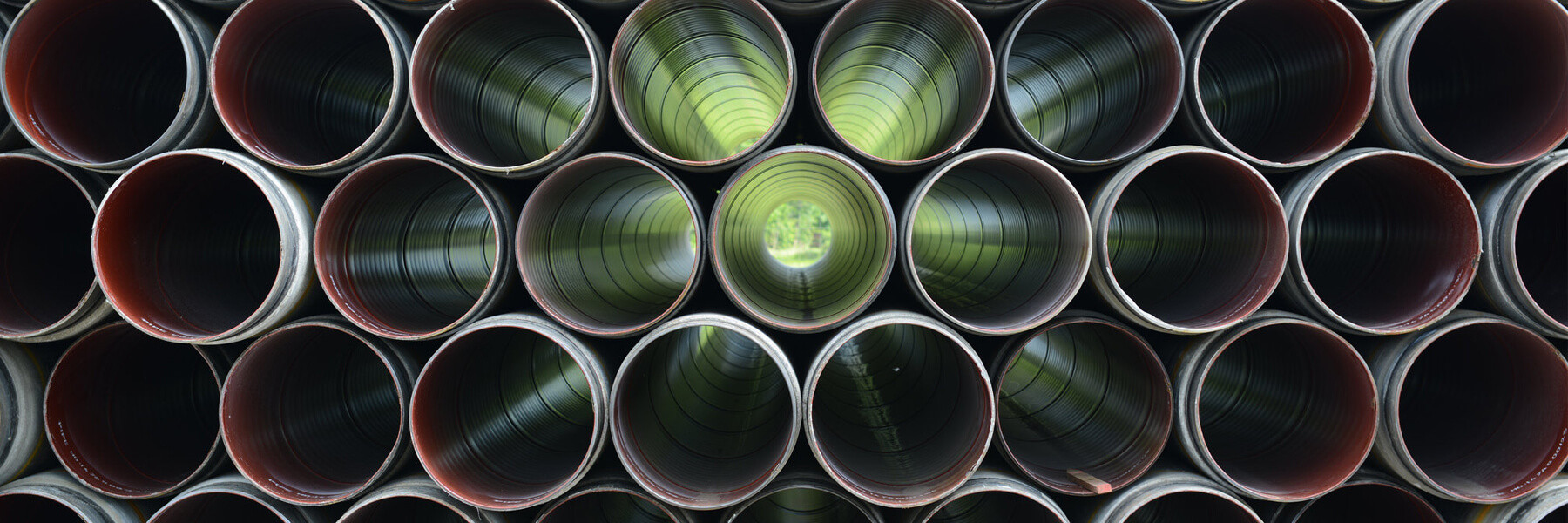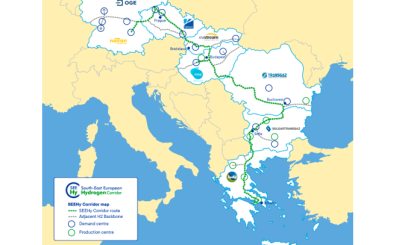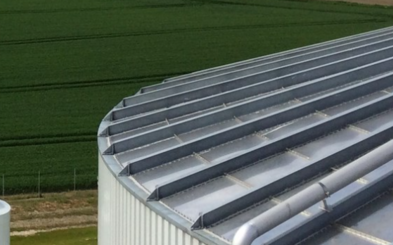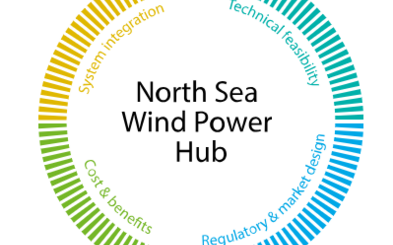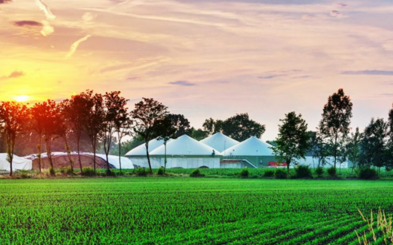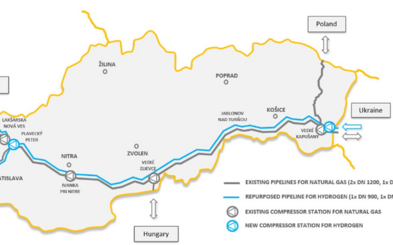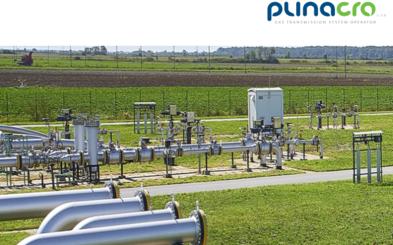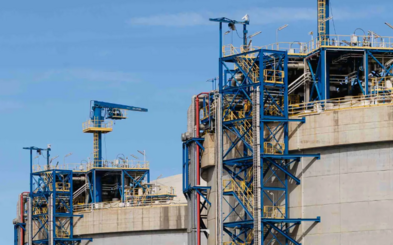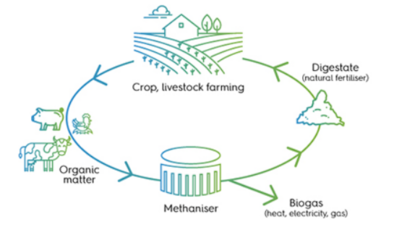INNOVATIVE PROJECTS PLATFORM
To efficiently build on its Members' actions to promote or contribute to innovative technologies, regulation and business models, and partnerships across the value chain, ENTSOG has created the Innovative Projects Platform to map TSOs’ projects and partnerships on Research, Development and Innovation (RDI) activities for the energy transition.
This public platform provides information and links to enable exchange of best practices applied at national level and in some cases, across borders through partnership efforts.
These innovative solutions focus on topics such as repurposing infrastructure for renewable gases and projects for hydrogen, CCS and CO2 transport, biogas, energy system integration. These innovative applications support the achievement of the current EU goals of reducing GHG emissions and reaching the decarbonisation goal of net-zero by 2050.
*Disclaimer: The content published on this page is information owned by TSOs and not by ENTSOG. It is therefore published on behalf of TSOs. Please note terms and conditions of use of the website (including article 7) are fully applicable to this page.
Technology
Discover here how technologies can optimise the usage of the grid, make digital layer connections and support decarbonisation of the EU gas system. Technology R&D has a vital role in the energy transition. ENTSOG Members (TSOs) are developing new and innovative technologies to offer sustainable solutions for the gas sector.
Regulation & Business Model
Stay informed on how ENTSOG Members (TSOs) engage in development of the new energy products and services to foster uptake of renewable and decarbonised gases into the grid.
Partnership
Look at new partnerships and initiatives formed by ENTSOG’s Members (TSOs). They are actively working together as well as with various stakeholders on projects aimed at decarbonisation of the gas sector and of the whole EU economy.
Hydrogen
Hydrogen is a gas under standard conditions and there are also different hydrogen derivatives, such as ammonia and synthetic electrofuel. sHydrogen can be produced from diverse process technologies, such as electrolysis and steam-methane reforming (with or without carbon capture and permanent storage of this carbon to reduce emissions).
Repurposing for Renewable Gases
Repurposing of pipelines for renewable gases transport (e.g. hydrogen) is a cost effective way to meet decarbonisation goals and can be undertaken without compromising the ability of the natural gas network to ensure security of supply.
Biogas
Biogas is obtained via the anaerobic decomposition of the organic matter. After the process of upgrading, biogas becomes biomethane with the same quality standard as natural gas and can be transported via the existing grid infrastructure.
CCS and CO2 Transport
Carbon Capture and storage is the process of capturing CO2 from a set of possible sources, such as for example fossil fuel power plants, transporting it to a storage site, and depositing it underground on a permanent basis. The aim is to prevent the release of CO2 into the atmosphere.
Energy System Integration
Integrated infrastructure planning for electricity and gases is essential to support the decarbonisation of the energy system sector, particularly for facilitating the transport of renewable gases like hydrogen.
CNG
Compressed Natural Gas (CNG) is a fuel source that is made from compressing natural gas to less than 1% of its standard atmospheric volume. CNG combustion produces fewer climate-impacting gases than other fossil fuels.
Digitalisation
Digitalisation can bring various benefits to day-to-day operations such as enhanced control over the gas quality and cost reductions. TSOs look at data-driven solutions to boost performance, efficiency and competitiveness.
Heating & Cooling
Cutting the energy consumption in heating and cooling in buildings and industry can be achieved through various technologies. TSOs are working on developing cost-efficient solutions for the decarbonisation of this sector.
Certification of green gases
To ensure the cross-border scale up and tradability of renewable, decarbonised and low-carbon gases. This can be achieved via pan European Guarantees of Origin and Certification Schemes.
DESFA, Bulgartransgaz, Transgaz, FGSZ, eustream, NET4GAS, OGE, NaTran Deutschland
South-East European Hydrogen Corridor
SEEHyC initiative aims to establish a hydrogen interconnector linking high-potential hydrogen supply areas in South-East Europe with expected high-demand clusters in the EU, primarily in South Germany and North Bohemia. Additionally, it will connect local suppliers and consumers along the corridor. The pipeline will span over 3,000 km, enabling the transmission of renewable and low-carbon hydrogen. According to the ongoing pre-feasibility study, the project aims to be operational by 2030, with a minimum transport capacity of up to 80 GWh of hydrogen per day, or approximately 0.8 million tonnes per year.
Contact: karin.stehlik@net4gas.cz
Energinet
DSO - TSO reverse flow project
The objective of this reverse flow project from DSO grid to TSO grid, is to ensure the integration of excess biomethane in the distribution grid into the transmission grid. The project is a virtual aggregation of three future physical projects establishing reverse flows from DSO grid to TSO grid. When supply of biomethane in the high-pressure distribution grid exceeds demand, high-pressure compressors lift the gas to the TSO grid (20/40 bar to 80 bar), where odor in the gas is removed also. These are reverse flow facilities.
Contact: Martin Graversgaard (mgn@energinet.dk)
Energinet, TenneT, Gasunie
North Sea Wind Power Hub
An opportunity for internationally coordinated, large scale, far offshore wind energy from the North Sea. An opportunity which would deliver energy at competitive prices around 2030 and facilitate meeting the Paris agreement. We are committed to explore and develop regional socio-economic beneficial and reliable offshore infrastructure, including possible conversion into P2G, that supports wind farm operations and interconnections between markets. Average daily production of H2 is 30 GWh/d.
Contact: Martin Graversgaard (mgn@energinet.dk)
DESFA S.A.
SmartSwitch project
H2 injection impacts major gas parameters, including pipeline pressure drop, flowrate, velocity, and most importantly, composition, GCV and Wobbe index, therefore prior to H2 addition to the grid, the installation has to achieve that the resulting blend will satisfy gas parameters. The above will be controlled by a smart hydrogen injection and operation system, which will keep hydrogen percentages at certain levels, while also deblending solutions will be applied for consumers with special needs in fuel purity.
SNAM SpA
Biomethane productions interconnection
The project consists of the interconnections of the new biomethane productions to existing Snam Rete Gas network. The provisions regarding connections of biomethane plants to gas networks introduced by the Italian Regulatory Authority for Energy, Networks and the Environment (ARERA) with Resolutions n, 220/2023/R/gas and 131/2024/R/gas.
eustream, a.s.
Adjustment of existing eus pipeline SK-HU
Adjustment of the line of the transmission system for transmission of 100% H2 between Slovakia and Hungary will create possibility for H2 transmisson in the North -South direction. Project is part of the Slovak Hydrogen Backbone and the SEEHyCorridor inititative. Eustream has been conducting informal market survey. Close discussions with potential H2 producers and offtakers have resulted in conclusion of several Letters of Support or Memorandum of Understanding confirming their support to and interest in the Project implementation.
PLINACRO Ltd.
SAVA aquifer CO2 transmission
Besides directly reducing the CO2 emission, the project will also enable CO2 neutral production of H2 in a transitional period until the full decarbonisation is achieved when the production of H2 will be carried out entirely from the renewable energy through electrolysers. The location and the capacities of CO2 storing enable, if proven to be economically justified, receiving and storing of CO2 from the neighbouring EU countries (SLO, HU) and Energy Community countries (SER, B&H). Project enables the collecting and receiving CO2 from the Zagreb and Sisak-Moslavina area for storing in the central and western Sava aquifer and in the depleted oil and gas fields in that area.
Contact: PLINACRO
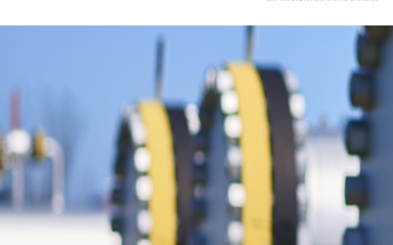
PLINACRO Ltd.
Gas system retrofitting for 100% H2 future capability
Planning and reconstruction of gas nodes, safety and metering equipment for receiving and adding decarbonized gases into the gas transmission system will begin. This includes the development of a "smart gas network" which includes advanced digital systems and components, control systems, sensor technologies, gas flow and quality management devices (compressors, gas flow control sets, reconstruction and chromatographic equipment, etc.), as to enable interactive and intelligent monitoring, measuring, quality control and management of receiving and transmission of decarbonized gases - implementation deadline in the next 10-15 years.
Contact: PLINACRO
REN
H2RENGRID - Transport Network
The project is intended to develop the necessary repurposing of the national transmission network (RNTG) for blending of hydrogen into the natural gas streams. According to the current national legislation and regulation, the network has to be able to receive gas mixtures of hydrogen and natural gas with hydrogen content of 10% v/v until 2030. For the national transmission network (RNTG), the investments are split into pipelines and inspection programs, control systems, AGI (above ground installations) equipment and analysers and metering equipment.
Contact: Pedro.Morais@rengasodutos.pt
Teréga
Biomethane Reverse flow Projects
Reverse flows will be needed to allow biomethane injected in the distribution to flow back to the transmission grid when the biomethane injected locally exceeds local demand. These network adaptations will enable to maximize the volume of biomethane injected into the gas system and reach the national target for renewable gas (15% of gas consumption in 2032). Teréga expects 1 reverse flow unit every year from 2024 (7 completed by 2032) for an estimated reverse flow of 0,5 TWh/year.
Contact: jordan.perrin@terega.fr
